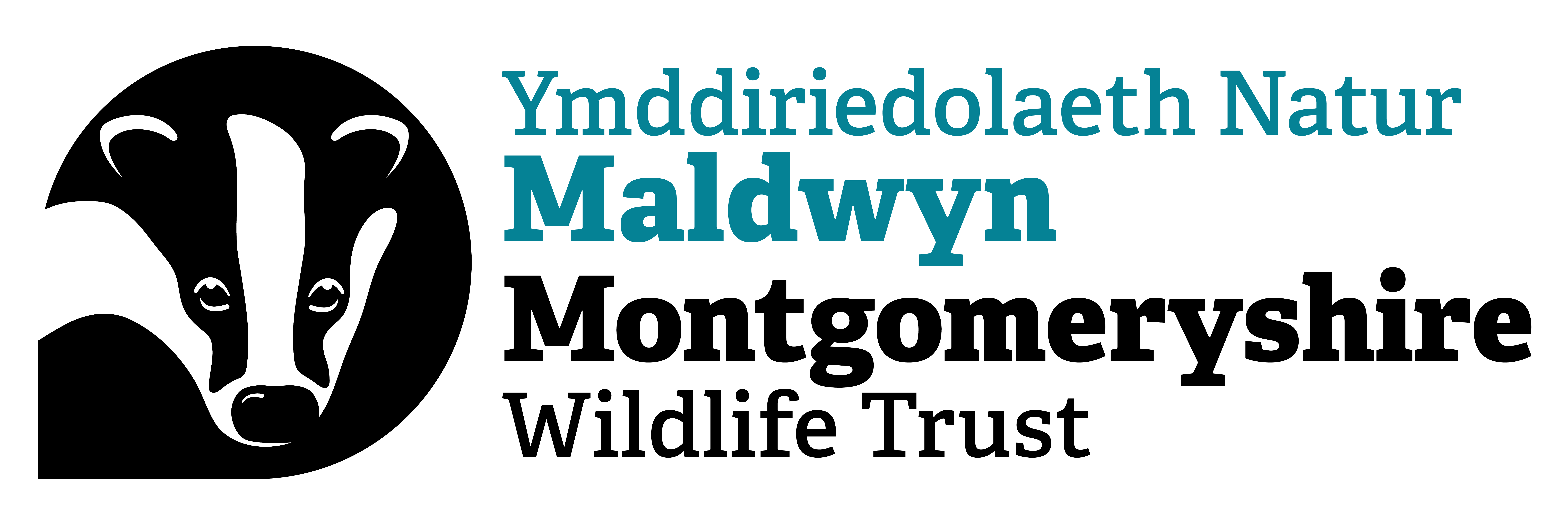
©Adrian Shepherd
Pheasant's-eye
Once considered a weed of cornfields, the Pheasant's-eye was nearly wiped out by intensive agricultural practices. Today, it can be found in deliberately seeded areas, and on roadside verges and waste ground.
Enw gwyddonol
Adonis annuaPryd i'w gweld
June to AugustGwybodaeth am rywogaethau
Categori
Ystadegau
Height: 10-40cmClassified as Endangered on the Vascular Plant Red Data List for Great Britain. Priority Species under the UK Post-2010 Biodiversity Framework.
